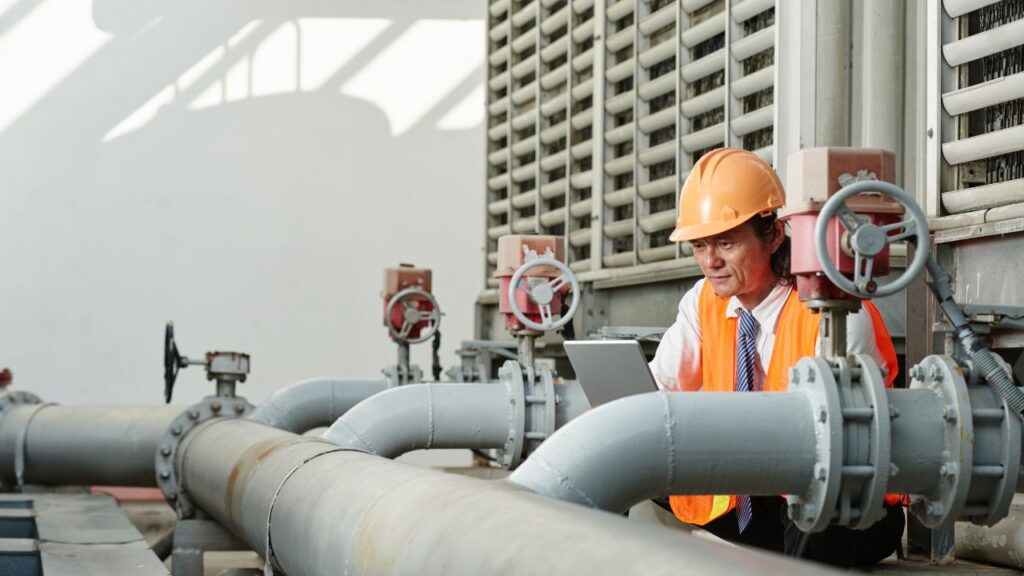Top 7 Safety Protocols for Pipeline Evacuation in Construction
Pipelines are the most effective and efficient way to deliver fuel across long distances and large areas. As effective as pipelines may be in transporting all fuel, particularly natural gas and oil, they are not risk-free.
Pipelines remain the safest option compared to other transportation forms, like trains and tank ships. Despite this, an average of 83.4 safety incidents are reported each year. Data collected between 2010 and 2018 revealed that there had been 600 injuries, 125 fatalities, and 800 fires due to pipeline-related accidents.

Safety Protocols and Pipeline Evacuation
There is no such thing as too much safety, especially in construction. This is even more relevant with pipelines that are expected to transport highly flammable fuel. Despite stringent controls and safety measures in place, you can never be accident-free.
Accidents caused during pipeline construction can have deadly consequences. While some excellent companies provide pipeline-related services and follow strict safety protocols, like Reco Energy Solutions, you can always be confident.
This is why it is necessary to have proper safety protocols that allow for immediate and safe pipeline evacuation. Timely evacuation can save precious lives and minimize the damage. Here are seven safety procedures that must be implemented to allow for the safe evacuation of a pipeline that is under construction:
Develop a Proper Safety Plan
Every industry must follow specific safety and hygiene standards to protect its employees. Occupational Safety and Health Administration (OSHA) has strict safety regulations, especially for hazardous jobs. Pipeline constructions come under hazardous workplaces as the associated risks are pretty high.
Develop safety plans in case of emergencies or accidents. This includes having safety infrastructure, such as a network of sensors connected to a central command center. Sensors can identify an emergency, like a gas leak, and issue an alert so workers can act accordingly and avoid getting hurt.
No matter how good safety mechanisms are, evacuation plans must be developed. These plans must detail emergency situations, the location of protective equipment, and critical information to workers on how to act during emergency situations.
Train Workers on How to Behave in Case of an Emergency
Safety plans will only help if workers are taught how to respond in emergencies. Employees must be familiar with the alert system and the emergency exits. They must be trained to stay calm and navigate the situation without being stressed out.
They must also be trained to use protective safety equipment, such as fire extinguishers or emergency axes. Without training, such safety equipment will not be of much help. Workers also need to be educated on first aid.
Implement an Alert System
Pipelines usually have an extensive and intricate network, which means that an incident in one area may go unnoticed by those in another location. This is why a well-functioning and efficient alert system is necessary.
In emergencies, the whole pipeline must be evacuated until a team of experts assesses the situation and deems it safe for resuming work.
Emergency Routes Should be Marked
Emergency routes should be marked clearly with signs and arrows to guide evacuees. They should also be of appropriate size to allow for safe exit. Emergency doors and stairs should be well-maintained and cleared off because you never know when an emergency may occur.
A detailed map of the pipeline and emergency routes should be displayed at suitable distances to aid the evacuation process further. Even with training, employees may need clarification due to stress during emergencies; guiding them is even more critical.
Provide Safety Equipment
Safety equipment, such as personal protective equipment, first aid kits, and safety tools, should be provided. These should be available in ample quantities so evacuees are not inconvenienced. It is essential to have an evacuation route and provide workers in the pipeline with the equipment they need to help evacuate.
Conduct Safety Drills
Emergencies can trigger anxiety and stress, which may prevent workers in the pipeline from following the proper safety protocols. To prevent this and help workers remain calm, it is necessary to conduct drills so that practice evacuations can take place.
This will allow workers to learn about evacuation by practically doing so. Over time, they will better understand the safety protocols and the proper evacuation method. So, when an actual emergency occurs, workers can be better prepared to deal with it without getting overly stressed and panicked.
Review Evacuation Plans
Finally, it is important to constantly review and improve evacuation plans and overall safety procedures. New technologies and better safety procedures are constantly being developed, which is why pipeline construction companies must keep upgrading their safety measures and improving them to reduce hazardous incidents even more.
It is always better to prevent rather than deal with emergencies. Existing safety systems must also be constantly assessed to see whether they function correctly. All sensors must be working, emergencies must be clear, and workers must be well-educated and trained to deal with all kinds of emergencies, including prompt evacuation of pipelines.
Staying Safe
Safety must be a core concern no matter which industry you operate in. Preserving the health and protecting the safety of workers is immensely important in pipeline construction, as it is a high-risk job. Emergency evacuation procedures can help save lives and reduce the loss and damage caused by accidents.
Proper safety protocols for evacuation are necessary if things go wrong. Even if it is just a false alert, it is better to be safe than to have insufficient protective measures in place. We have summarized seven critical safety procedures for pipeline evacuation during construction. Following these procedures can ensure a safer and more secure workplace for employees and prevent the worst accidents.

